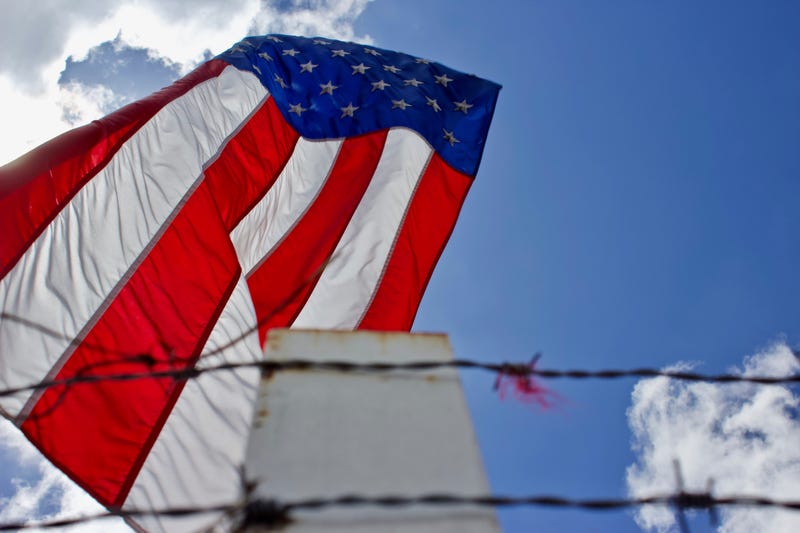
From 2010 to 2018, 76,000 noncitizens who had served in the United States military became citizens — but the number of annual naturalizations has been on a downward trend for years.
In 2010, 11,230 noncitizen service members were naturalized as U.S. citizens. In 2018, that number decreased to 4,135. That's a 63 percent decrease. According to the U.S. Citizenship and Immigration Services (USCIS), countries like Afghanistan, China, Cuba, El Salvador, and Honduras haven't had a naturalization ceremony in years. In the past 10 years, the United States held a naturalization ceremony for one service member in Mexico.
Now, members of Congress want answers regarding potential inefficiencies in the process.
Former Paratrooper travels to the Caribbean to fight for deported U.S. veterans
Sen. Tammy Duckworth, D-Il., Sen. Mike Rounds, R-S.D., and Sen. Dick Durbin, D-Il., all submitted a request for a U.S. Government Accountability Office (GAO) review into military naturalization policies.
“Both the Department of Defense and Department of Homeland Security have independently originated policies and initiatives affecting military naturalizations," the Senators wrote in their request. "However, recent policy changes by DOD and DHS regarding military naturalizations may potentially impact the scope and effectiveness of these programs. While DOD and USCIS have made policies to help noncitizen servicemembers naturalize in the past, we urge GAO to evaluate the effectiveness of these initiatives.”
One of the policies enacted to expedite the naturalization process was implemented as a result of the attacks of September 11, 2001. The Kendell Frederick Citizenship Assistance Act (Kendell Frederick Act) required DHS to use an individual’s fingerprints taken at the time of enlistment in the Armed Forces to satisfy background check requirements in connection with an application for naturalization. Additionally, the 2018 National Defense Authorization Act required the Secretary of Defense to inform permanent resident servicemembers of the path to naturalization.
Deported veterans could get help through bills reintroduced to Congress
These are just two of the policies in place meant to expedite this process. Yet the number of service member naturalizations has continued to decline.
The letter from the senators asks the GAO to address whether the Kendell Frederick Act is functioning as it was meant to, what challenges DoD and USCIS might be facing, whether the DoD and USCIS have evaluated the effectiveness of their efforts, and what additional policies have been implemented to address the decline in naturalizations.
GAO last completed work on the USCIS military naturalization process in July 2010.
Should VA open facilities in Mexico to provide deported veterans access to benefits?
“No one willing to wear our uniform should be deported by the same nation they sacrificed to defend," Duckworth said during a Hillvets CAPCON in July of last year. "It's a broken immigration system. It's a military that doesn't fully stand behind the promise it makes when it recruits people."
—
